Q: Could you please summarize the article above in three sentences?
GPT-3 does offer this functionality from the get-go. The Davici engine is best suited for summarizations (though to the cost of speed - Curie and Cushman are safer, but more inaccurate on the other hand).
What follows is an example. I took a snippet of the Wikipedia article about Artificial Intelligence and didn't remove formatting whatsoever. Using davinci-instruct-beta and a maximum response length of 100 tokens for a "short summary":
Input:
Artificial intelligence (AI) is intelligence demonstrated by machines, unlike the natural intelligence displayed by humans and animals, which involves consciousness and emotionality. The distinction between the former and the latter categories is often revealed by the acronym chosen. 'Strong' AI is usually labelled as AGI (Artificial General Intelligence) while attempts to emulate 'natural' intelligence have been called ABI (Artificial Biological Intelligence). Leading AI textbooks define the field as the study of "intelligent agents": any device that perceives its environment and takes actions that maximize its chance of successfully achieving its goals.3 Colloquially, the term "artificial intelligence" is often used to describe machines (or computers) that mimic "cognitive" functions that humans associate with the human mind, such as "learning" and "problem solving".[4]
As machines become increasingly capable, tasks considered to require
"intelligence" are often removed from the definition of AI, a
phenomenon known as the AI effect.[5] A quip in Tesler's Theorem says
"AI is whatever hasn't been done yet."[6] For instance, optical
character recognition is frequently excluded from things considered to
be AI,[7] having become a routine technology.[8] Modern machine
capabilities generally classified as AI include successfully
understanding human speech,[9] competing at the highest level in
strategic game systems (such as chess and Go),[10] autonomously
operating cars, intelligent routing in content delivery networks, and
military simulations.[11]
tl;dr
Output:
AI is intelligence demonstrated by machines, unlike the natural intelligence displayed by humans and animals, which involves consciousness and emotionality.
You could use Python (and many other programming languages) to call this API from your workflow, in this case with the following code snippet:
import openai
openai.api_key 'KEY'
response = openai.Completion.create(
engine="davinci-instruct-beta",
prompt="Artificial intelligence (AI) is intelligence demonstrated by machines, unlike the natural intelligence displayed by humans and animals, which involves consciousness and emotionality. The distinction between the former and the latter categories is often revealed by the acronym chosen. 'Strong' AI is usually labelled as AGI (Artificial General Intelligence) while attempts to emulate 'natural' intelligence have been called ABI (Artificial Biological Intelligence). Leading AI textbooks define the field as the study of \"intelligent agents\": any device that perceives its environment and takes actions that maximize its chance of successfully achieving its goals.[3] Colloquially, the term \"artificial intelligence\" is often used to describe machines (or computers) that mimic \"cognitive\" functions that humans associate with the human mind, such as \"learning\" and \"problem solving\".[4]\n\nAs machines become increasingly capable, tasks considered to require \"intelligence\" are often removed from the definition of AI, a phenomenon known as the AI effect.[5] A quip in Tesler's Theorem says \"AI is whatever hasn't been done yet.\"[6] For instance, optical character recognition is frequently excluded from things considered to be AI,[7] having become a routine technology.[8] Modern machine capabilities generally classified as AI include successfully understanding human speech,[9] competing at the highest level in strategic game systems (such as chess and Go),[10] autonomously operating cars, intelligent routing in content delivery networks, and military simulations.[11]\n\ntl;dr:",
temperature=0.25,
max_tokens=100,
top_p=1
)
response now holds the above mentioned output.
In your specific case you wanted a summarization in three sentences, so here you go:

From my subjective point of view, that is a very precise explanation of the article!
